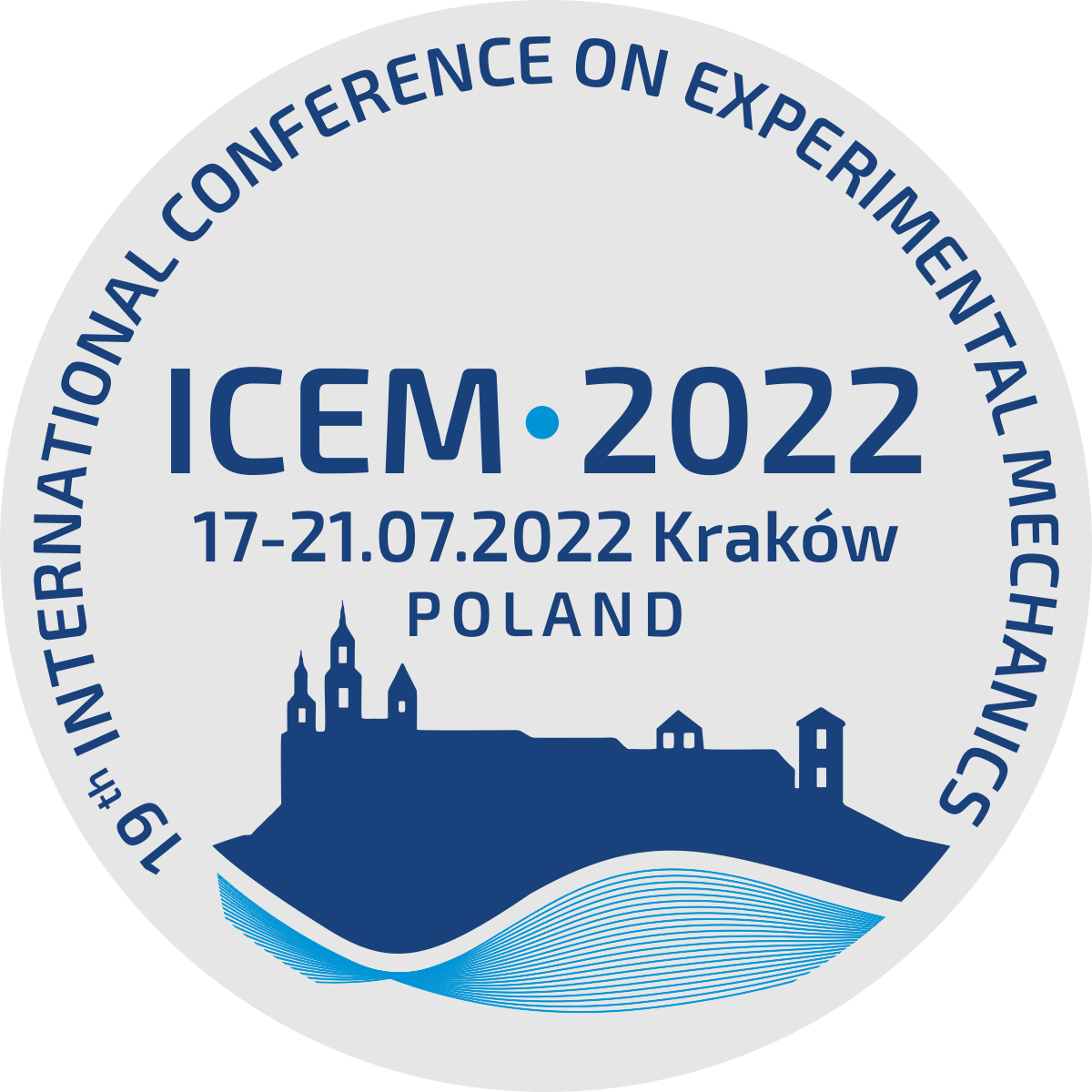| 1. |
Amirinejad N.♦, Mohammadi M.♦, Shekarchizadeh A.♦, Behzadi M. A.♦, Hassanshahian M.♦, Ataie S. A.♦, Isolation and Characterization of Glycolipid Biosurfactant Produced by Marine Bacterium Cobetia marina Strain F1 and Investigation of Antimicrobial and Anti-Biofilm Activity,
Geomicrobiology Journal, ISSN: 1521-0529, DOI: 10.1080/01490451.2024.2340536, Vol.41, No.5, pp.552-567, 2024 Streszczenie:
The marine environment is a rich source of microorganisms producing bioactive compounds, like biosurfactant-producing bacteria that exhibit unique characteristics and functionalities. In this study, we examined glycolipid biosurfactants produced by bacteria that live commensally with marine organisms. We isolated a biosurfactant-producing strain identified as Cobetia marina strain F1, which displayed high hemolytic activity (27 mm), oil spreading ability (4 mm), emulsification index (40%), and decreasing surface tension to 31.3 (mN·m−1). Fourier transform infrared (FT-IR) spectroscopy revealed the glycolipid composition of the biosurfactant. Furthermore, elemental analysis utilizing CHNS and energy-dispersive X-ray spectroscopy (EDS) confirmed the biosurfactant contained carbon, hydrogen, nitrogen, sulfur, chlorine, potassium, oxygen, and additional elements. The critical micelle concentration (CMC) of the crude biosurfactant was determined to be 350 mg·L−1, at which concentration, a decrease in surface tension was observed when the biosurfactant was dissolved in distilled water. Given the presence of impurities in the biosurfactant composition, this observed CMC is considered acceptable. Furthermore, the biosurfactant exhibited significant antimicrobial activity against both Gram-positive and Gram-negative bacterial strains, with the largest zone of inhibition (ZOI) of 27 mm against Pseudomonas aeruginosa. This demonstrates the potential of the biosurfactant to serve as an alternative to novel antibiotic agents. The biosurfactant exhibited considerable inhibition of biofilm formation, disruption of preformed biofilms, and reduced enzymatic activity in bacterial cells following treatment. Moreover, the combination of the biosurfactant and F1 bacterial strain enhanced the degradation of crude oil by 86%, indicating its potential application in environmental remediation. These findings highlight the importance of investigating commensal strains capable to produce biosurfactants for applications in hydrocarbon remediation, overcoming antibiotic resistance, and biofilm disruption. Afiliacje autorów:
| Amirinejad N. | - | inna afiliacja | | Mohammadi M. | - | inna afiliacja | | Shekarchizadeh A. | - | inna afiliacja | | Behzadi M. A. | - | inna afiliacja | | Hassanshahian M. | - | inna afiliacja | | Ataie S. A. | - | inna afiliacja |
|  | 40p. |
| 2. |
Amirinejad N.♦, Shahriary P.♦, Hassanshahian M.♦, Investigation of the synergistic effect of glycolipid biosurfactant produced by Shewanella algae with some antibiotics against planktonic and biofilm forms of MRSA and antibiotic resistant Acinetobacter baumannii,
World Journal of Microbiology & Biotechnology, ISSN: 0959-3993, DOI: 10.1007/s11274-022-03492-1, Vol.39, pp.45-1-12, 2023 Streszczenie:
To tackling antibiotic resistance and the appearance of multidrug-resistant (MDR) strains, one current approach is the combined use of biosurfactants with antibiotics to increase their efficacy. The antimicrobial ability of biosurfactant produced by Shewanella algae strain B12 was examined using the agar well diffusion method versus some resistant Gram-negative and Gram-positive bacteria. The Minimum Inhibitory Concentration (MIC) of Glycolipid-Biosurfactant of B12 (GBB12) was performed by the broth dilution technique. The inhibition of biofilm formation, disruption of biofilm, and reducing the population of viable cells in biofilm were evaluated by the microtiter plate method. Finally, Scanning Electron Microscopy (SEM) analysis was used to confirm the disruption of the cell membrane by GBB12. In all experiments, when GBB12 was added to antibiotics (except Amikacin), the antimicrobial activity was increased. The synergistic effects of GBB12 and antibiotics (Ciprofloxacin and Gentamycin) against Methicillin-Resistant Staphylococcus aureus (MRSA) and Acinetobacter baumannii were confirmed by the Fractional Inhibitory Concentration Index (FICI). GBB12-Gentamycin mixture almost completely inhibits the formation of A. baumannii biofilm, reaching 99.8% inhibition. Also, the rate of MRSA biofilm inhibition treated with GBB12-Ciprofloxacin mixture was found to be 99.4%. biosurfactant-antibiotic mixture could be adequate replacements for traditional antibiotics in the near future. This study shows the potential of GBB12 as antimicrobial and antibiofilm agent. Słowa kluczowe:
Biosurfactant, Antibiotic resistance, Antimicrobial activity, Antibiofilm activity, Synergistic effect, Biofilm Afiliacje autorów:
| Amirinejad N. | - | inna afiliacja | | Shahriary P. | - | inna afiliacja | | Hassanshahian M. | - | inna afiliacja |
|  | 70p. |






















